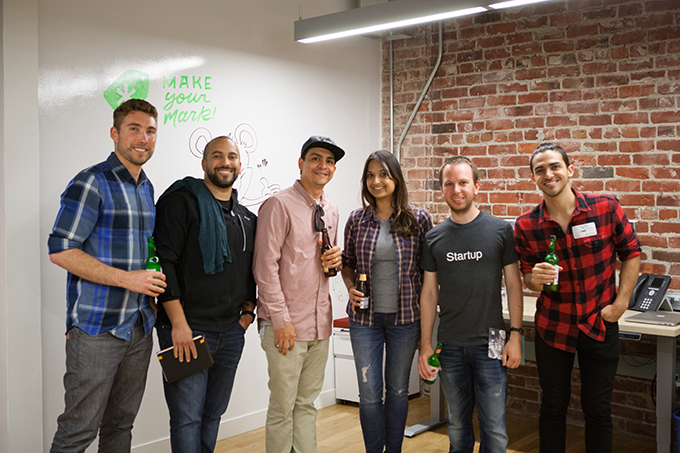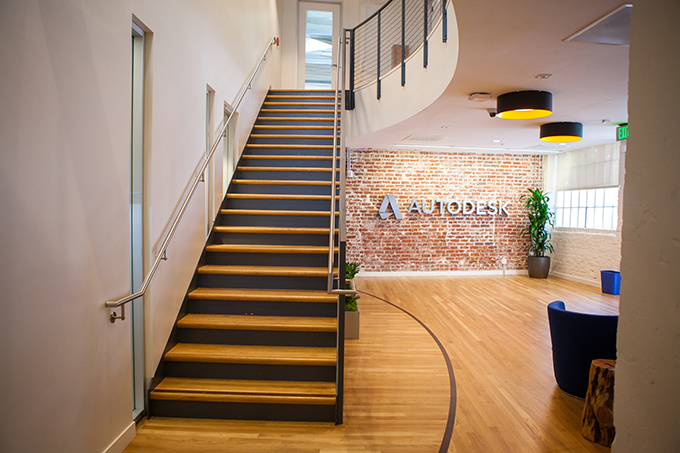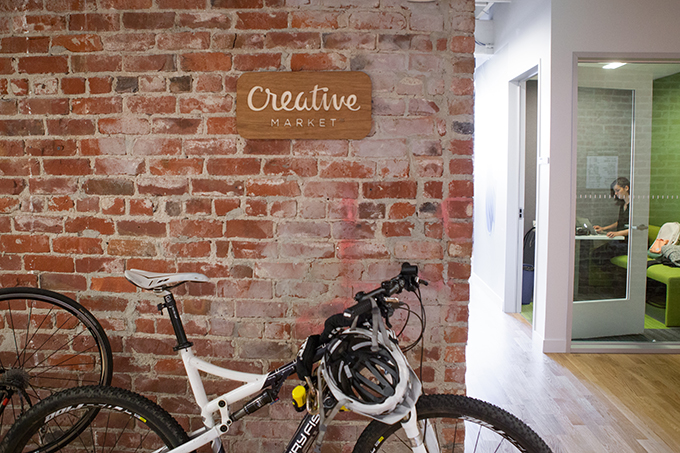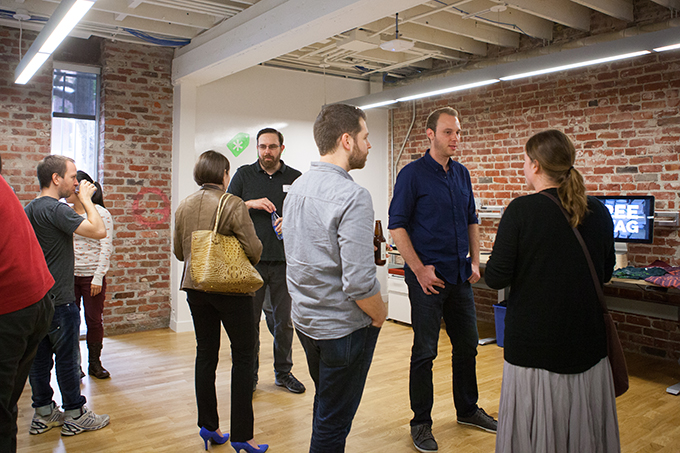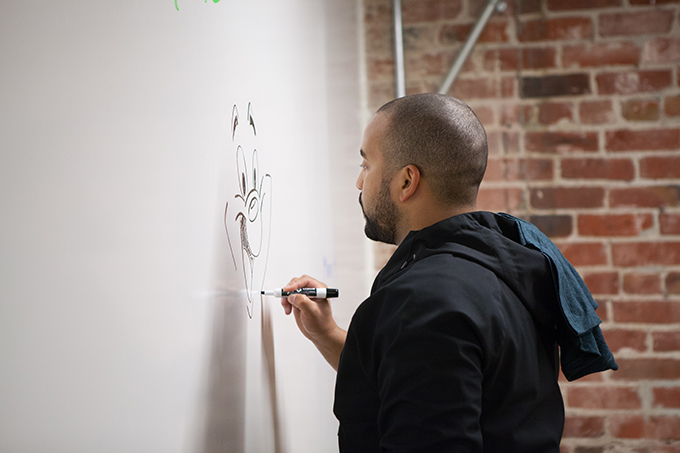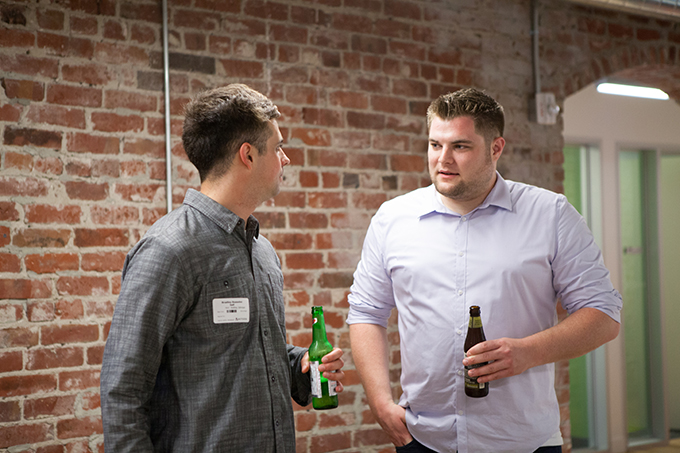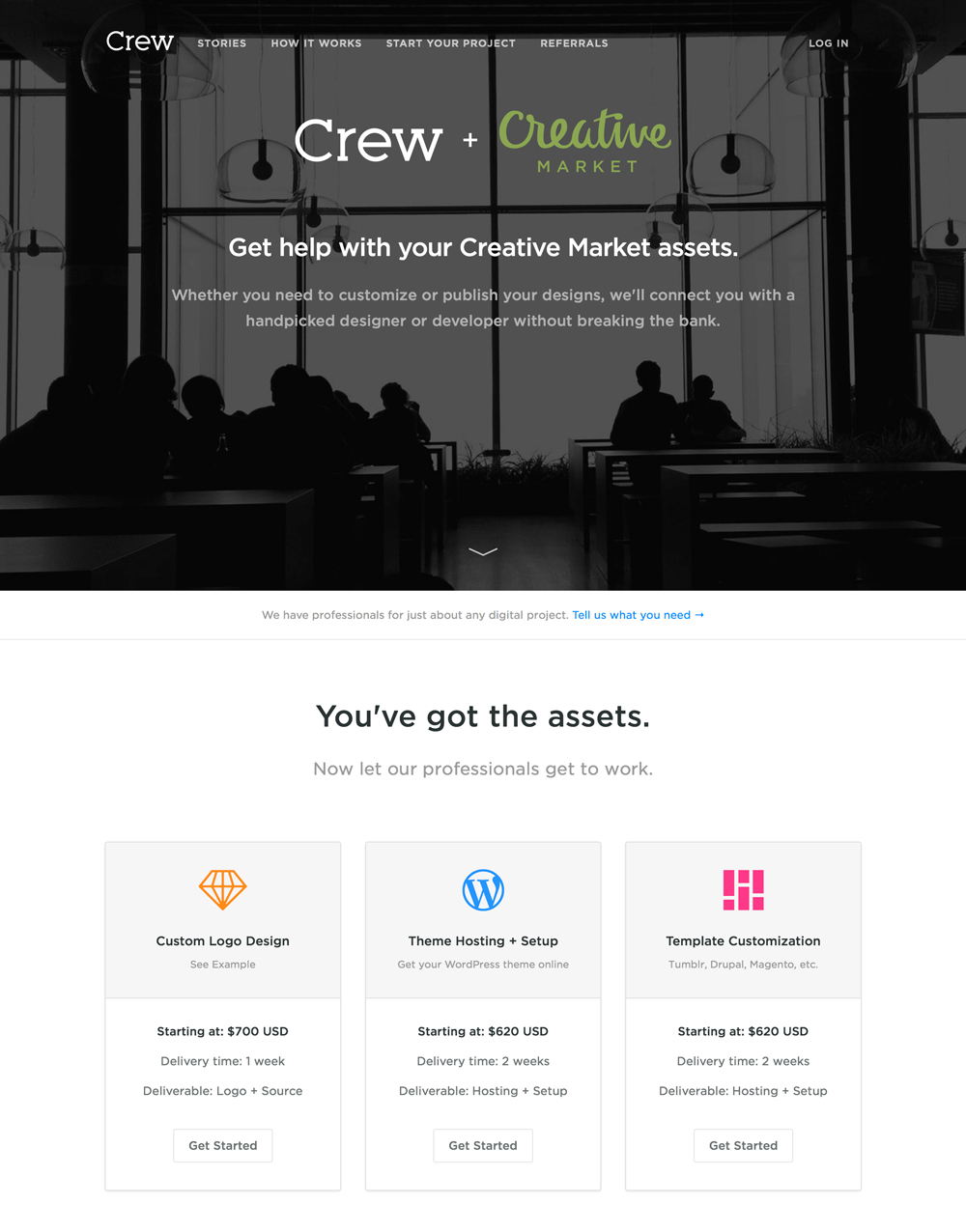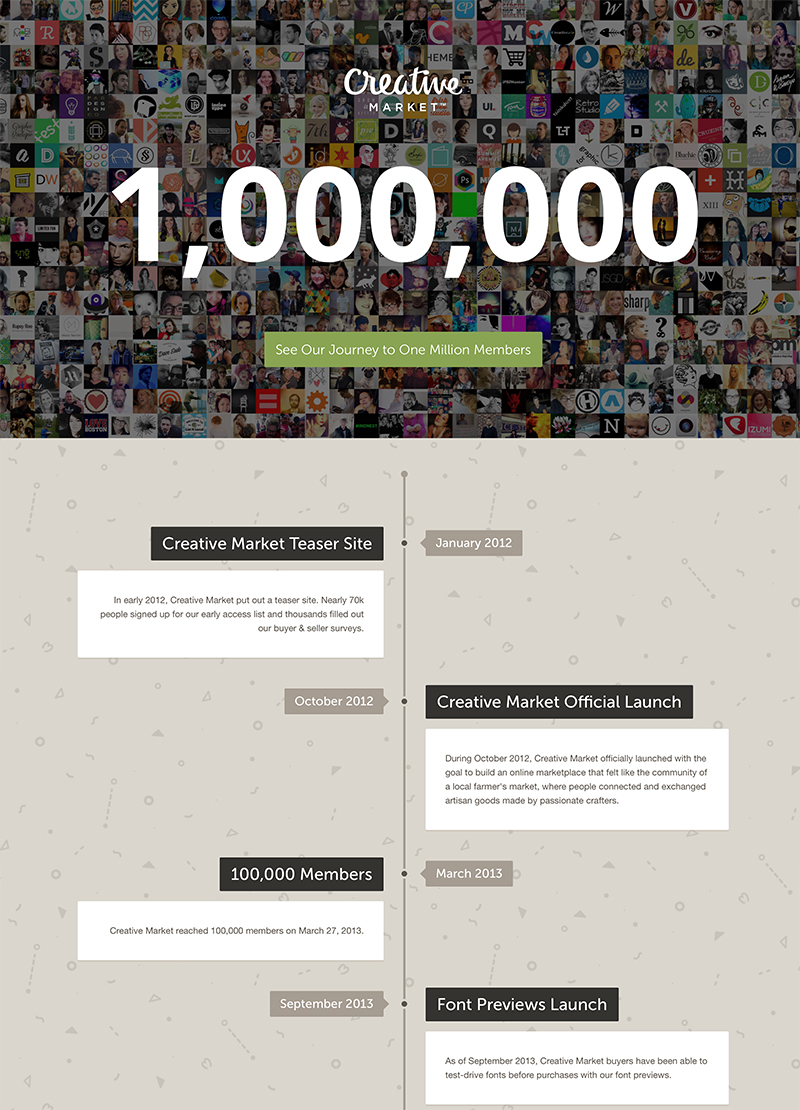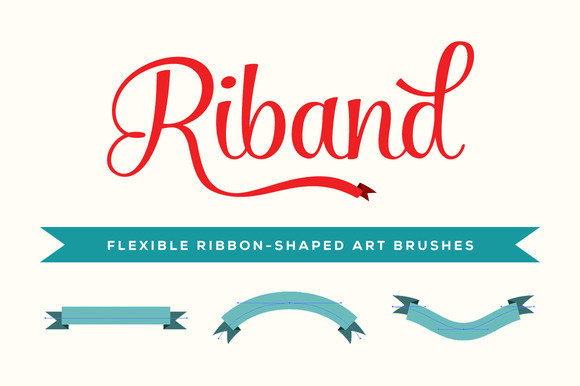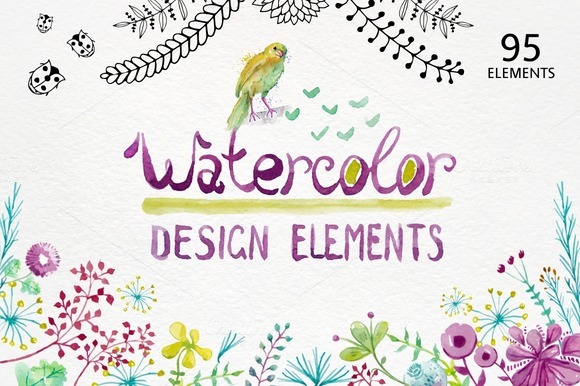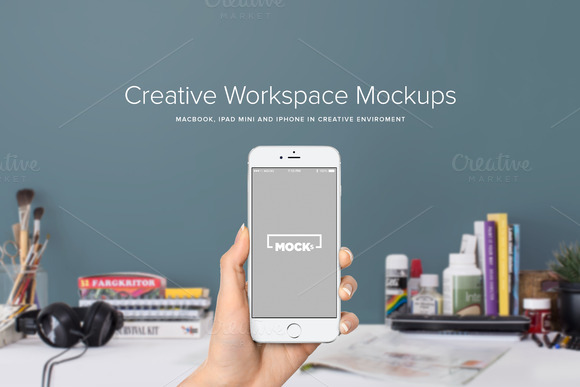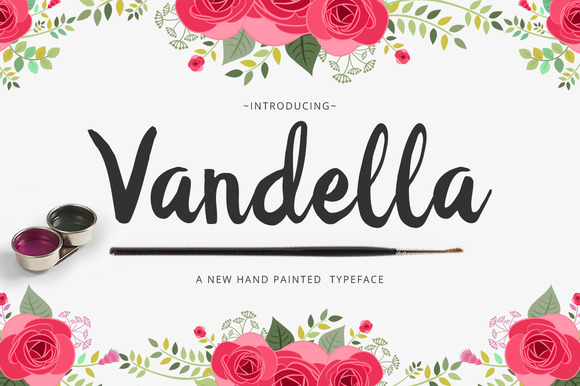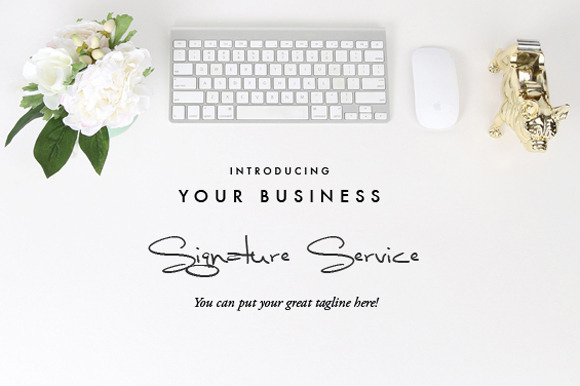A creative brief is the most important part of any creative project. It serves as the outline of all the work that is to be done. It is a summary of every single aspect involved in the project, making it easier for both client and designer to keep track of their progress. Creating a creative brief can be a daunting task. To help, we’ll go over the ins and outs of how it’s done.
What a Creative Brief Brings to the Table

Yes, creative briefs may be tedious to work on, but it does make the entire creative process a whole lot easier. And considering the fact that creative and marketing teams seem to be using them less frequently these days, the emphasis on its importance should be reiterated.
A creative brief is important because:
- It aligns the client and the design team, allowing the client to understand the design aspects better and the design team to understand the client’s goals for the project.
- It makes the creative process faster, because it clears up any misunderstanding even before the project begins.
- It holds the right people accountable, as it clearly explains every aspect of the project, which means that any flaws at the end would hold the assigned team accountable for not aligning their work with the brief.
- It cuts the approval process shorter, as clients or managers will most likely approve any step that is briefly but clearly explained in the brief, rather than one that is vague and unplanned.
- It ensures a better outcome, as planning ahead allows the entire team to avoid unnecessary risks and problems that could take their focus away from the most important aspects of the project.
Seeing all the things that a creative brief has to offer, there is no doubt that it is one part of the creative process that just can’t be taken out.
Important Questions to Ask
A creative brief, once completed, should ask the following questions:
- What is this project about?
- Who is the project for?
- Why is the project being done?
- What needs to be done and who has to do it?
- When should it be completed?
- Where and how will the end product be used?
Once your creative brief has answered all these questions, you’ll know that there’s a big possibility that you got everything right.
What to Include in a Creative Brief

There are a few important things that your creative brief should never lose. Each of these aspects, when included in your brief, would ensure that you also answer all the questions that makes it effective.
Client Background
Who is your client and what products and services do they offer? What are their strengths and weaknesses? What are their values, and what is their current mission and vision?
Knowing who your client is would allow you to use the most fitting format, tone, and approach that would represent your client the best. It also helps you understand the situation better and allows you to look at things from the point of view of the client.
Project Overview
What is the project all about? What is the design for and why is it needed? What opportunities will the project present?
This will give you a general idea of what to work on and how to attack it. After all, understanding why the project is needed is just as important as finding out what the project is, because this would allow you to take the most fitting format depending on the situation.
This would also allow you to see a myriad of possibilities that this project could open up, giving you the chance to study different approaches and see which options would give the most value to the end product.
Project Drivers
What are the project’s goals and objectives? What is the team trying to achieve?
Explaining the end goal and objective would give the entire project a clear direction as to which options to take and what methods to use to arrive at the desired destination. The team should never leave point A without knowing whether they want to go to point B or point C. There has to be a clear end point so that the necessary routes to be used to get there could be planned more effectively.
Target Audience
Who are we trying to address? Why do they need this? What value will this give to them?
At the end of the day, no matter how great your output is, as long as it does not appeal to the appropriate audience, then all the work goes to waste. A project meant to be shown to younger audiences will need a youthful approach, while something that’s for an older audience would require something deeper and more serious. When you fail to understand the audience that will be viewing your work, then you fail to do your job in helping your client reach their end goals.
Competitor Analysis
Who are the competitors? What approach are they using in their own campaigns? What are their strengths and weaknesses? What differentiates you from them?
Going into the battle without knowing who you’re going up against may end up with you bringing the wrong weapons. Understanding the competitor’s approach would allow you to decide how to outdo what they’re already doing. Do you apply the same technique to show that you can do the same things they do, but better? Or would you go for the exact opposite of what they’re doing and emphasize the huge difference between you two?
Tone and Perception
What is the audience’s current impression of the company? What kind of approach is best? Understanding how the audience’s perception of the company you represent allows you to choose the best approach.
Is there a general negativity that surrounds the company name? Then the work you’ll do should focus on bringing in the positives that would overshadow all these. Do all the audiences approve of the company’s existing product lineup and the way they represent their brand? Then this tells you to work on those positives and make them even stronger, sealing the deal and catching their loyalty for a long time.
Targeted Message
What is the message that you’re trying to deliver? Has this message been delivered before, or is it something new that you have yet to introduce?
The message and how it is delivered gives substance to the entire project. Whether you are trying to gain the audience’s trust by telling them that you’re the best, or if you’re trying to tell them about your new product, this should be translated effectively with every piece of graphic and every single text that you create.
Project Specifics
What visuals do I use? Do I need to add text? Are there existing aspects from previous campaigns that need to be included in the current one? Is there a specific design that the client has in mind?
This gets down to the smallest details. It discusses whether the client wants a large logo or a small one, and whether they want their visuals to be loud and proud or neutral and subtle. The client may also want you to apply something that’s already familiar with their audiences, so there might be a need to integrate their old projects with the one you are working on now. It is also important to find out if the client has gotten inspiration from somewhere else, as they may want to see that in your work too.
The Numbers
How much is the budget? Is there any way that this can be adjusted? What are the timelines?
Yes, this is a creative brief, but numbers will still be a part of it. Make sure that the budget is clearly detailed so that you’ll know what you’re working with and whether it is feasible. After all, if your client is aiming for something grandiose, then you should also be able to demand a bigger budget as well.
The timelines should also be detailed, with each section of the project carefully plotted into the schedule. Remember that a single delay somewhere in the middle of the process will automatically affect the output of the rest of the people down the line.
People Involved
Who approves the project? Who is assigned to each task and each section? Who is the point person for different aspects of the project?
Knowing who to approach will save everybody a lot of time especially when it comes to information dissemination. Questions can also be answered faster and more effectively if you know exactly who to ask.
It may seem like a long list, but once you have all these in your creative brief, then the rest of the process will be a breeze. After all, the brief already plans out the entire process step by step, which means that you have nothing left to do but to act on the tasks on the list.
Parting Tips
Just a few final tips on making your creative brief even more effective:
- Simplify and avoid complicated steps.
- Delegate work to the people who can do the job better than anybody else to avoid do-overs.
- Allow flexibility within the process to give everybody more room to breathe and become creative.
- Make everything a healthy mix of the client’s and your own team’s opinions.
- Have the client take part in the creation of the brief, or at least have them approve it. This will ensure that they have no complaints in the end because you have proof that this is what they signed up for.
And so, the challenge is on. Start perfecting the process of making creative briefs for every project you work on and make your work faster, better, and a lot more effective.
Products Seen In This Post:

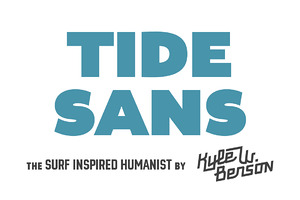
 How to Write The Perfect Creative Brief
How to Write The Perfect Creative Brief
